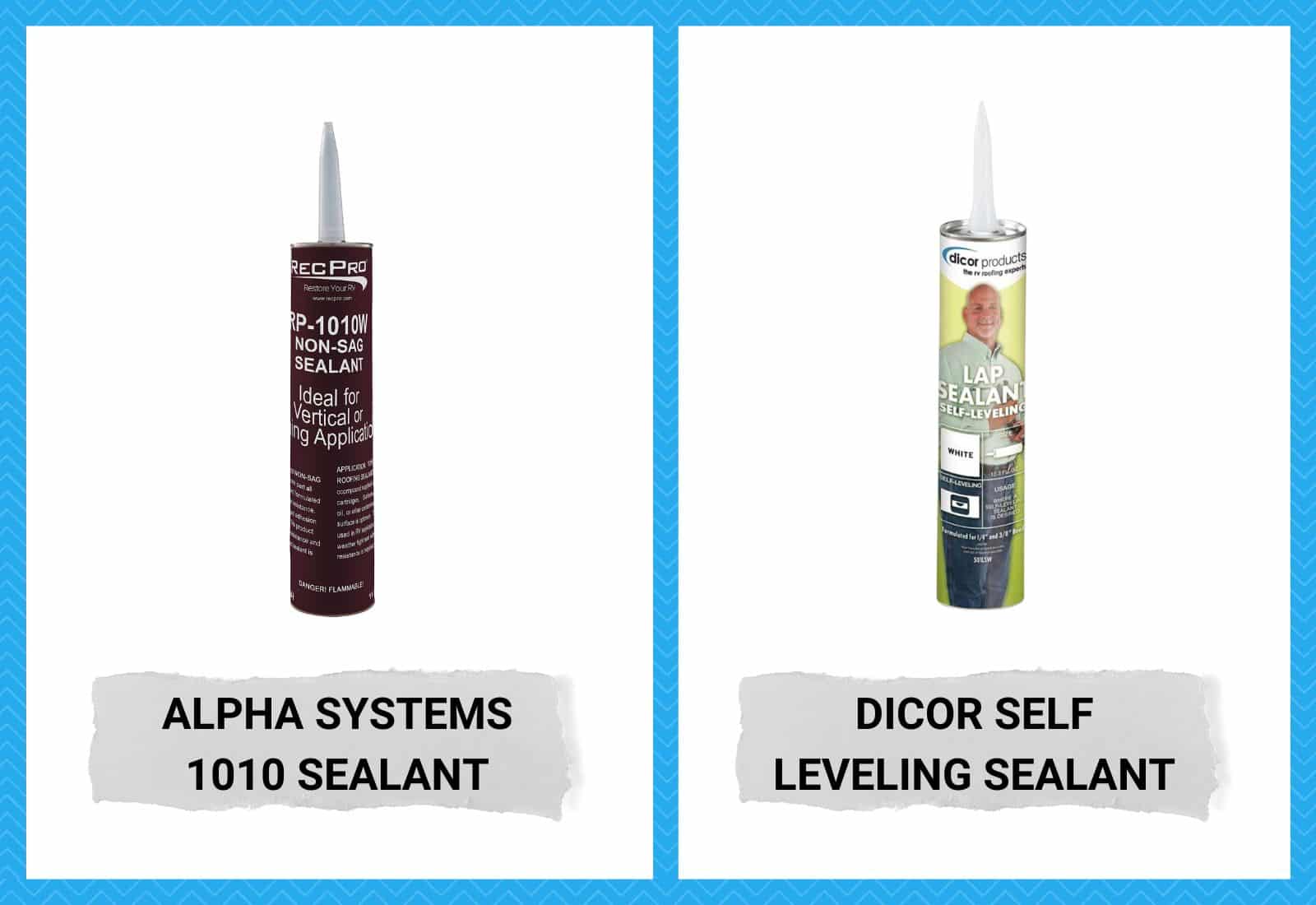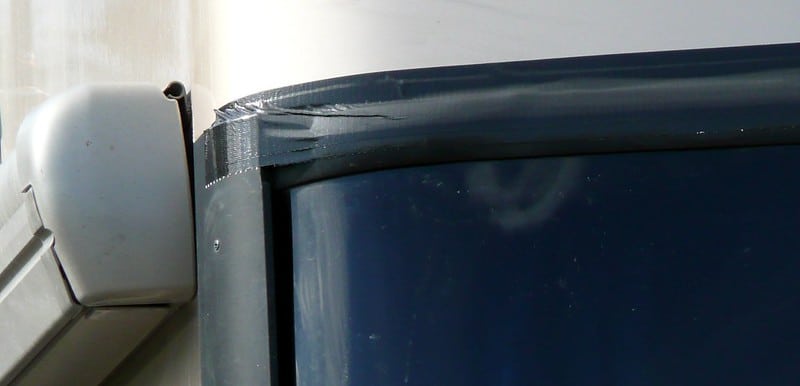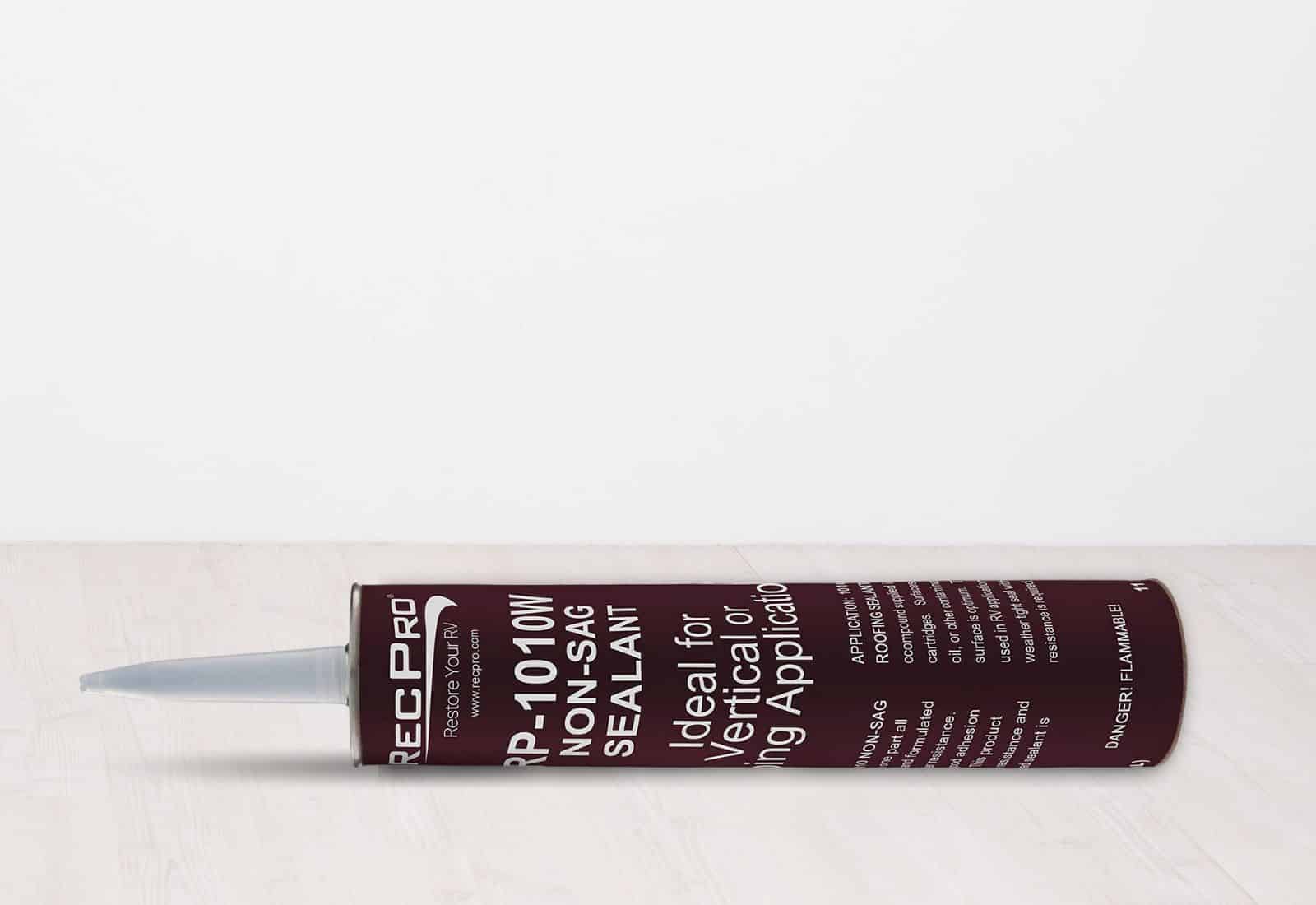
Owning a recreational vehicle is not all fun and games. It’s a huge responsibility, which involves maintaining the RV to slow down wear and tear, much like taking care of a real house.
Most RVs last about 20 years. But you can extend its useful life with proper maintenance.
During the first few years, you will encounter barely any deterioration-related issues because the RV is still in good shape.
Especially if you take it in for an annual inspection and maintenance, it will take almost a decade before you start hearing strange noises and feeling slight resistance in the gears.
And that’s normal since your rig is getting older. You can only do so much to keep it looking al dente.
The Leak Problem
Leaks are among the issues you’ll encounter later with your RV. Not only are leaks frustrating, but they also indicate severe wear on your rig. They are probably affecting the RV’s energy efficiency, too.
Unless you’ve had an accident that damaged your RV, your leak problems will not happen instantly. Instead, they will develop gradually and catch you off guard at some point.
A leak starts as a tiny trickle you won’t notice until dark and rusty patches form on the wall and ceiling. Eventually, you’ll see small puddles of water on the floor.
Sometimes, it seeps through the wiring and causes a short circuit. You probably think there’s no way water can lead to a fire. Well, this is one scenario that will prove you wrong.
Leaks usually come from the roof of your RV. They can only originate elsewhere, like the wall or floor, during a thunderstorm, when the rain is blown off sideways, or if rain isn’t the source. Here are the most common causes of a leaky RV roof.
- Old caulk – All joints and edges must be properly caulked to prevent them from seeping through. However, caulk dries over time, and as it loses moisture, its molecules contract and form voids that are big enough for water to trickle through. Eventually, the caulk will form cracks, allowing more water to leak into your RV.
- Damaged flashing – While you may find caulk along every joint and edge of your RV, it isn’t the only substance that keeps water out. Like other vehicles, RVs are assembled using flashing tapes, not caulk. The caulk is there to add protection and cover the unsightly sticky edges of those tapes. So if there’s a leak, it’s most likely caused by damaged flashing.
- Corrosion – Depending on what your RV is made out of, you may encounter rust issues in the future. Rust forms when iron combines with oxygen. And they only appear after several years because RVs only begin to lose their exterior coating after five years or so. When the metal underneath becomes exposed to air and moisture, rust develops. And then corrosion eats up the metal until a path for water forms.
Alpha Systems 1010 Sealant vs Dicor Overview
The first thing that comes to mind when dealing with a roof leak is the sealant. Unfortunately, some inexperienced RV owners think their vehicle needs new caulking, which isn’t the same as a sealant in terms of chemical composition and properties.
But it’s not. Sealant is different because it is typically water-resistant, while caulking is water-based and doesn’t last very long.
Alpha Systems 1010 and Dicor sealant are two prominent brands on the market. They’ve been around for as long as RVs roam the wilderness. Alpha Systems 1010 is manufactured by Alpha Systems LLC, while Dicor Products manufacture Dicor sealant.
Both companies offer roof products, including sealants, membranes, adhesives, repair tapes, and everything in between.
Below is a comparison between Alpha Systems 1010 and Dicor RV roof sealant. As an RV owner, you should have basic knowledge of the different products you need to maintain your rig.
Thanks to the Internet, you can find reliable information pointing you in the right direction.
Alpha Systems 1010 Sealant
| Properties | Value |
|---|---|
| Raw Material Base | Butyl Rubber |
| Color | White, Gray, Beige, Black, Almond |
| Odor | Mild Solvent |
| Viscosity | 800,000 – 1,200,000 Centipoise |
| VOC Content | 259 g/L |
| Shelf Life | 12 Months |
| Service Temp. Range | -65° to 250°F |
| Application Temp. Range | 5o – 120o F 5° to 120°F |
(Source: AlphaLLC.us)
Looking for an affordable sealant that can cover a vast area of your RV’s roof per bottle? Then check out Alpha Systems 1010 Sealant. Many consider it the wonder sealant because of its many beneficial qualities
For one, it’s pretty flexible. It can stick to wood, metal, and glass with the same degree of adhesiveness.
Other sealants only work on select materials and would specifically come off on very smooth surfaces. No wonder this sealant is used not just on roofs but also on end rails and sidewalls.
It’s also non-sag, meaning it won’t drip when applied on a vertical surface or run on a flat surface. In short, you can apply just the right amount on each crack or crevice you find without worrying that some of the sealant might trickle later.
And despite being pliable, this sealant is also concentrated and dense, making it longer-lasting than conventional caulking and most other sealants.
If you ever wonder what the difference between acrylic painting and oil painting is, it’s that acrylic painting dries faster than oil painting. That’s why oil painters can leave their painting half-done for days and still make some touch-ups afterwards.
Alpha Systems 1010 Sealant has the same property. It takes 48 hours to dry, meaning you can clean it up if it looks messy.
Dicor Self Leveling Sealant
| Properties | Value |
|---|---|
| Color | Colorless to light purple |
| Odor | Mild odor |
| pH | 6.0 - 8.0 |
| Melting point/range | 0°C ( 32 °F) Water |
| Flash point | Noncombustible |
| Percent volatility | 92 - 98 % Water |
| Volatile Organic Compounds | < 5 g/L |
| Water solubility | completely miscible |
| Relative Vapor Density (air = 1) | <1.0000 Water |
| Vapor Pressure | 17 hPa at 20.00 °C (68.00 °F) Water |
| Evaporation Rate (Butyl Acetate = 1) | <1.00 Water |
| Boiling point (760 mm Hg) | 100.00 °C ( 212.00 °F) Water |
(Source: DicorProducts.com)
If you buy a bottle of this sealant from Amazon, you’ll get it for a higher price than the Alpha Systems 1010 Sealant, mainly due to the markups.
But if you buy it directly from Dicor, you might get it for a lower price, although the shipping fee will likely be exorbitant. Either way, you’ll have one of the most resilient RV sealants.
This sealant is UV stabilized, too. Alpha Systems added a stabilizer to the mix to increase its resistance to UV. Do you know why you should never dry your clothes under the sun? It’s because the UV radiation from the sun breaks down the chemical bonds that create color.
In other words, it’s why your clothes fade and look old over time, not the frequency of use. That’s how powerful UV radiation is. So imagine what it does to sealants exposed to it every day.
Like Alpha Systems 1010, Dicor sealant spreads evenly on surfaces and doesn’t sag much when applied on a vertical surface. However, it stays flexible and waterproof for a long time.
In addition, it can withstand vibration for a long time. Just check it after a few months because it absorbs dirt and grime and might turn unsightly sooner or later.
Conclusion
It’s evident that both Alpha Systems 1010 and Dicor sealant can work magic on your RV if utilized correctly. You can use either. It depends on what you feel works better.
There are almost negligible differences. Just see that you learn how to apply it properly to get the most value for money.
As for endurance and durability, there’s one critical fact you need to understand and accept. Motorhomes and fifth wheels are not assembled and connected using a sealant.
It is just secondary waterproofing. Even without a sealant, water cannot leak into your RV because of the flashing. That’s the same waterproofing around your home’s chimney.
Then again, with the right sealant, you can rest assured it will take longer for deterioration to take its toll on your vehicle. Plus, replacing the flashing is more complicated than simply applying sealant.
Speaking of sealant application, it’s crucial to remove any excess sealant in the area affected by the leak before applying a new one. This way, the sealant will be more solid and lacks void when it dries.



